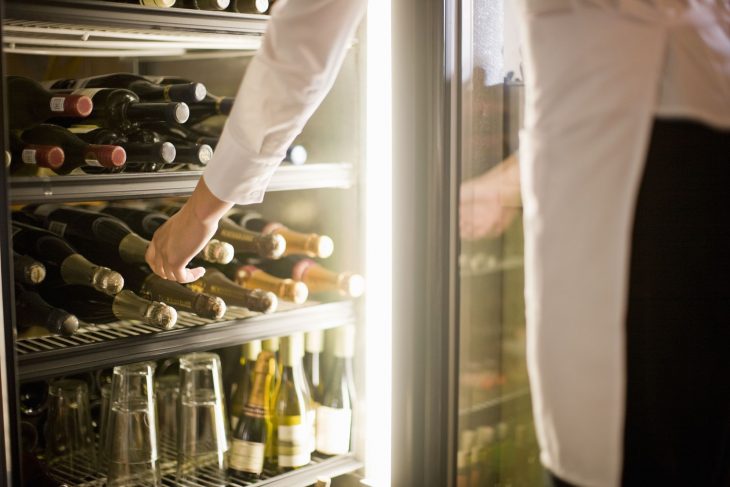White wine serving temperature guide
The style of your white wine impacts what temperature it should be served at.
You need to consider factors like the weight and body of the wine, and whether it has been oaked.
‘Colder temperatures can accentuate lines and edges whereas, the warmer a wine becomes, the more those edges can seem to blur and overlap.’
‘Acidity and fruit tend to be the two end-points of this equation, with fruit character becoming more obvious with increasing temperature – whilst acidity tends to stick out a bit more, as those fruitier tones recede at lower temperatures.’
What temperatures should they be?
At a glance
- Lighter white wines are served the chilled, between 7-10 ̊ C (44- 50 ̊ F).
- White wines with more body, or oak, should be served at a warmer temperature of 10-13 ̊ C (50 – 55 ̊ F) – just lightly chilled.
- Sparkling wines are best served well chilled, at 6 – 10 ̊ C (42 – 50 ̊F)

The best temperatures for white wines. Credit: Annabelle Sing/Decanter
‘Young, crisp and aromatic wines show well at the lower end of the spectrum; cool temperatures emphasise their refreshing qualities and acidity,’ said DWWA judge Matt Walls.
‘Mature, complex whites are best served cool rather than cold, their aromas being more open at the warmer end of the scale.’
‘I’ll tend to leave Chardonnay and things of its ilk – Viognier, Roussane, Marsanne – out in the cellar rather than putting them in the fridge,’ said Fryer.
‘I do love sparkling wines a bit colder, though not ice cold and, during hotter months – or perhaps that should be single month in the case of the UK. I like to switch over to Riesling where a bit more chill can accentuate the grape’s natural acidity.’
‘My domestic fridge is set to 4 ̊ C and I usually put my whites in for an hour and a half for a light chill, two and a half hours for a full chill,’ said Walls.
Source: Decanter



